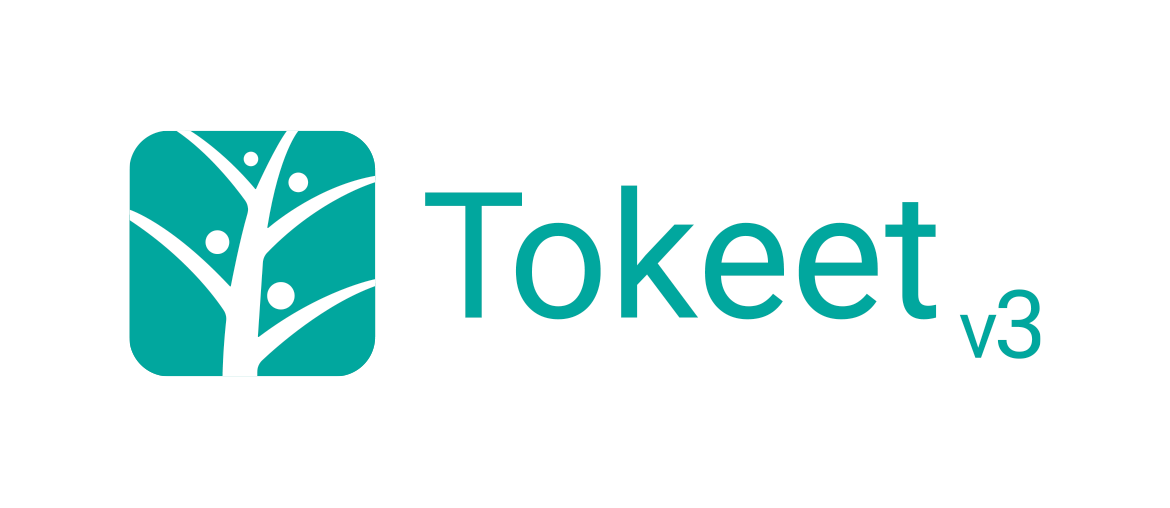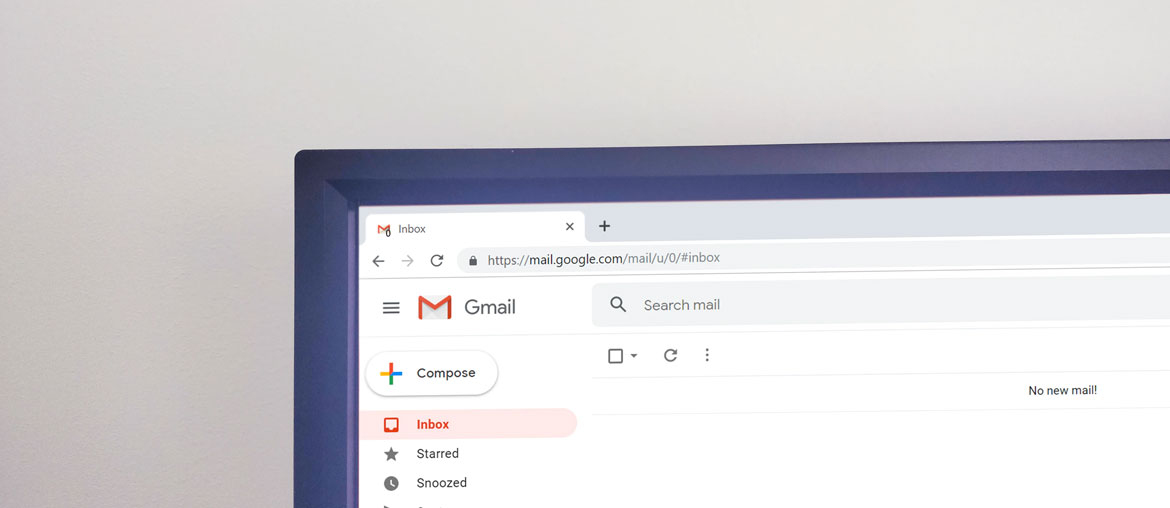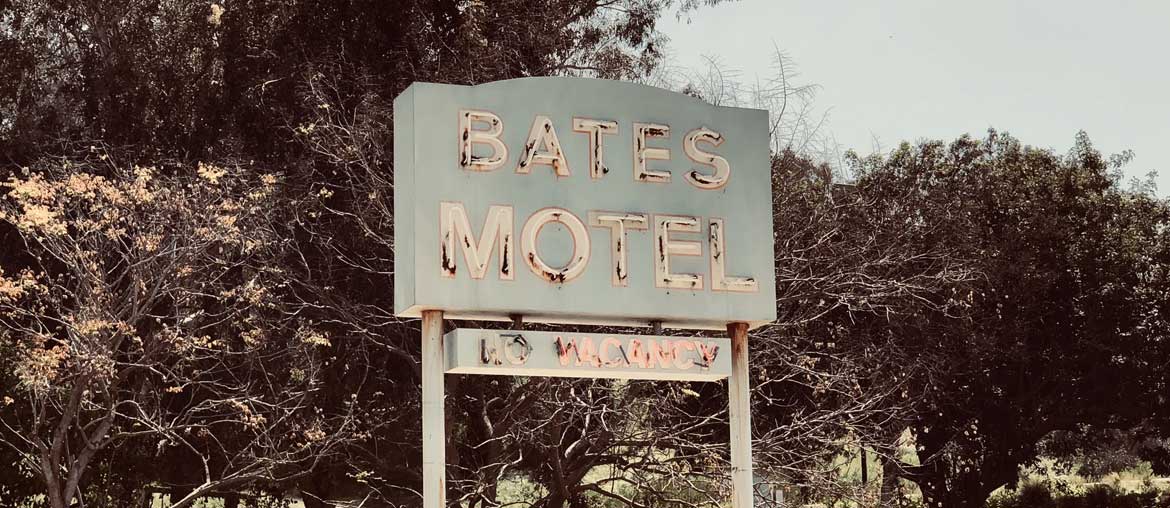If you’ve been struggling to create an effective rental property website, this guide will make things a little easier. We’re not focusing on the technical aspects of the process here. Instead, we’re going to approach things from a marketing perspective.
What Makes a Great Vacation Rental Website?
1. Imagery
Your property’s photos are the most critical piece of your marketing strategy. It’s what’s going to hook your potential guests and draw them in to take a closer look at what you’re offering. It’s what’s going to justify your rates, give you an edge over your competitors, and drive your bookings.
That’s why you want to remember one thing when you’re considering your site’s presentation: go big. Crisp, high-resolution photos are a must. Most vacation rental websites opt to use full-screen images on their initial landing pages. Full-width sliders are also a popular option – as long as it’s big and pretty. Don’t be shy.
luxuryretreats.com | big pictures = good
Get Professional Photographs!
It’s no secret that competition is stiff in the vacation rental industry. So you’re going to have to do everything you can to stand above the rest. Your property’s imagery will always be the biggest contributor to your booking rate, so there’s no reason to skimp here.
Paying a couple hundred dollars for some professional photos of your property is probably going to be the best investment you ever make in terms of returns. Of course, the property itself has to be something worth looking at – but that’s a different subject.
If you’re having trouble locating a good real estate photographer in your area, try one of these sites:
Scoopshoot
Locallens
Find a Photographer
2. Direct Booking
There’re two reasons you should be taking bookings directly from your site. The first is convenience. In digital marketing, it’s a simple fact that you will lose customers if they have to leave the product page to make the purchase. Conversion rates for complicated checkout processes are dismal, regardless of your industry.
To solve this issue, you need an integrated booking engine. This is an on-site interface / checkout process that you can place anywhere on your website that will allow customers to view your property’s availability and make a reservation.
Tokeet offers a booking engine in the form of a simple widget. It can be integrated on pre-existing sites, or on a site created with their website builder tool.
With a booking engine widget, your property’s availability calendar will be completely synchronized with your external booking channels. That means you won’t have any double-bookings between customers from your site and Airbnb/Booking.com/etc.
It’s an invaluable tool for any vacation rental owner – don’t sleep on this!
3. Copywriting
Now, let’s get back to some less-technical stuff: the writing. While the photography (rightfully) takes the first spot on this list, your words will still be influencing your booking rates.
That doesn’t mean you should create a 3000 word exhaustive essay on the nuances of your property’s construction though. We’re looking for something organized and concise.
The best way to give a well-rounded presentation of your property is to focus on three key areas:
1. Introduction
Your introductory copy is where you’re going to have to sharpen your copywriting skills the most. We’re trying to distill all of your property’s best features into an easily digestible paragraph or two. Nobody likes reading anymore. In fact, it’s surprising that you’re still reading this article.
Your property description will be presented on your site’s main landing page with accompanying imagery – this is part of your hook.
For some thorough property description copywriting help, it’s recommended that you check out this article from Rental Tonic.
Another great idea is to go on Airbnb and take a look at the descriptions of some of the top performing properties in any area. Make note of the description lengths, structure, and the type of language used. When you’re familiar with the winning format, start plugging your own data in.
2. Amenities & Facilities
Your amenities and facilities can be presented together on a page specifically for detailed service information.
A simple list is probably more than sufficient for this, but sometimes there’s need for a little summary. Particularly when it comes to selling your facilities a little more. Just keep it to a sentence or two and move on to the next. Try not to break the list format.
3. Attractions
Your attractions should occupy their own page in the form of a local tour guide. This section of your site should employ a little more creativity than a simple list. It’s a great opportunity to sell your location – everything else has been focused on what your property offers.
A couple paragraphs describing a perfect vacation in your property’s location can be pretty convincing. In fact, it’s recommended that you flesh this idea out into a full-fledged welcome book for your guests.
4. Easy Inquiries
Now we’re going to revisit the technical side of this property site charade once more. Your ability to make bookings is tied to your ability to communicate with potential guests. As in, you need to be able to receive and respond to inquiries quickly.
Your guests also need to have a way to get in touch with you easily. A contact form isn’t gonna cut it here. The industry standard for maintaining customer engagement is the implementation of an inquiry widget or live-chat feature.
A growing trend in the vacation rental industry is to utilize chatbots for customer inquiries. It may sound a little high-tech to the average B&B host, but it’s surprisingly simple to work with. Burner’s Hostbot will work with customers via SMS, while BnBChatbot handles everything via Messenger.
5. Reviews
After you’ve wowed everyone with your fancy pictures and beautiful descriptions, the reviews are going to be the last thing a customer searches out before making a booking.
It’s recommended that you start collecting and cherry-picking your best reviews for display on your site. Using a follow-up email process is the best way to solicit help from previous customers.





